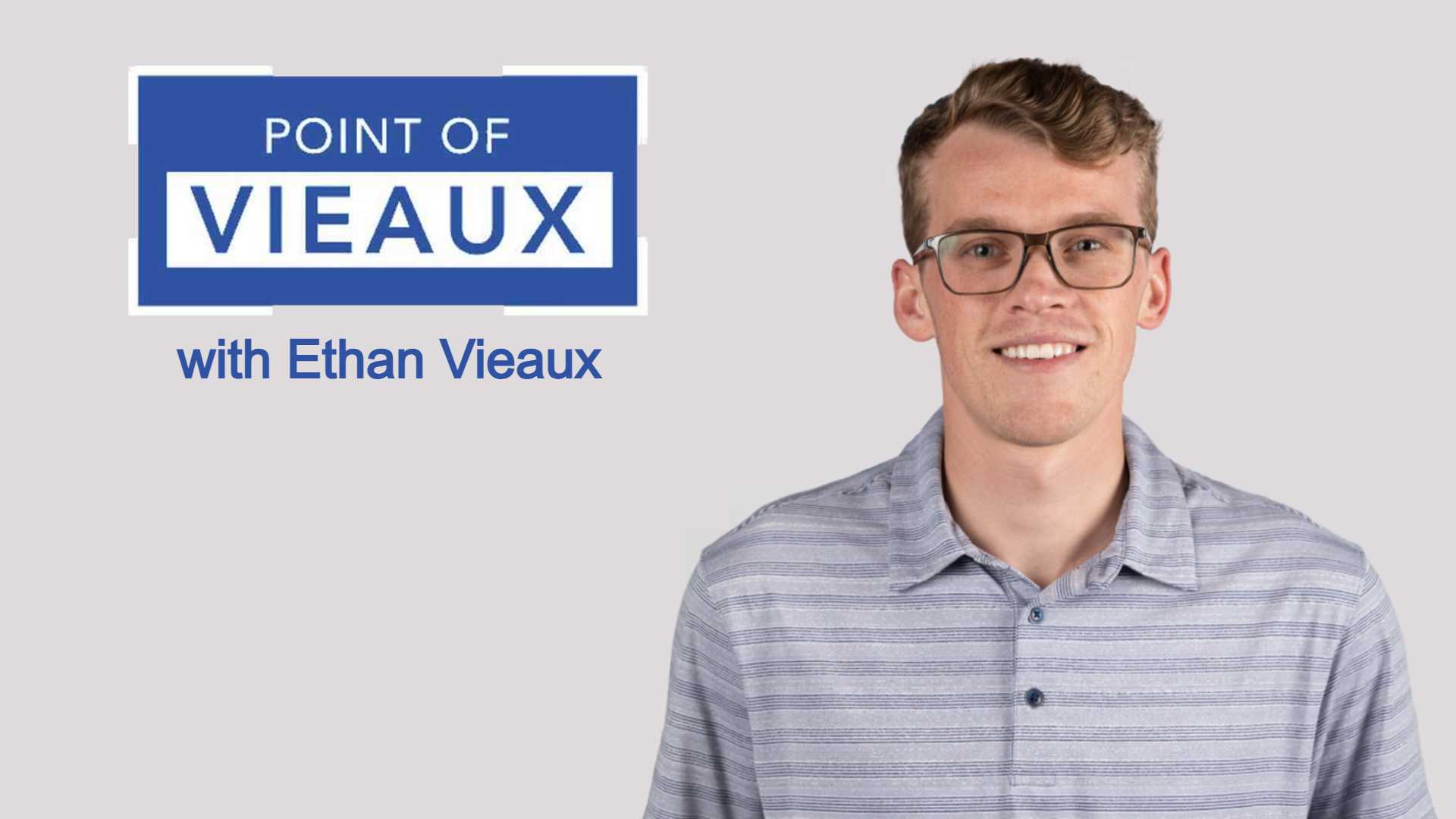As homebuyers across the country grapple with an affordable housing crisis, there’s an even larger issue facing the mortgage industry – the disproportionate homeownership gap between Black and White Americans. According to the U.S Census Bureau, the homeownership rate of White households was 74% in the third quarter of 2021, while the homeownership rate in Black households was only 44%.
Barriers depressing Black homeownership include credit score, income, wealth, student loan debt, and biased mortgage processes. To help increase the rate of Black homeownership, we’re examining each of these barriers and recommending solutions to help mortgage lenders, banks, and credit unions build bridges to help more Black Americans achieve and sustain homeownership.
Improve credit eligibility
Every homebuyer has their credit reviewed to determine the mortgage products and financial assistance they are qualified to receive. The financial standing of many Black Americans makes it challenging to build credit, which negatively impacts their ability to qualify for a mortgage with good terms to buy an affordable home. According to the Urban Institute, 22% of the homeownership gap is due to the difference in Black and White household credit scores. Just over 20% of Black households have a credit score above 700, while over half of White households have a credit score of 700 or higher.
FinLocker makes it easy for consumers to monitor their credit score, credit report, and payment history. Educational videos and tools provide additional assistance to improve their credit health. FinLocker has also partnered with eCredable, to enable consumers to report their on-time payments to their utility accounts to their TransUnion credit report. This solution empowers renters to increase their credit scores without taking on additional debt.
Address income and wealth disparity
Homeownership is the primary source of household and generational wealth for most Americans. According to the U.S. Census Bureau, the median household income for Black households is substantially lower than for White households ($45,870 vs. $74,912 in 2020). This disparity makes it more difficult for Black Americans to afford to buy a home and begin to accumulate wealth. If the household income distribution were the same for white and black households, while other household and metropolitan statistical area (MSA) level factors remained constant, the gap between the Black and white homeownership rates would drop by about 30%.
Being a first-generation homebuyer can seem like an insurmountable barrier for low-to-moderate-income Black homebuyers. According to a recent study by Fannie Mae, “the difference in parental homeownership and wealth explains 12% to 13% of the homeownership gap between Black and white young adults.” Black homebuyers are less often recipients of financial assistance from their families. Providing financial education and access to down payment assistance programs can help first-generation Black homebuyers overcome this hurdle.
Overcome student loan debt
Despite the current pause on federal student loan payments, student debt continues to be a significant barrier to homeownership for many Americans. Student loans delayed saving for a down payment or home purchase for 47% of homebuyers in 2021, according to the National Association of Realtors®. Yet, student loan debt disproportionally affects Black borrowers who are more likely to take out student loans. The lower incomes earned by many Black Americans also make it difficult to pay back their student loans and start saving to achieve other lifestyle milestones.
According to data from the National Center for Education Statistics, Black college graduates owe an average of $25,000 more in student loan debt than White college graduates. Four years after graduation, 48% of Black students owe an average of 12.5% more than they borrowed. In the same period, 83% of White students owe 12% less than they borrowed.
Knowing how different mortgage loan programs calculate student loan payments for credit underwriting purposes can help mortgage originators advise homebuyers on the best loan program for their circumstances. FinLocker recommends working with LoanSense, who knows the calculation method of each agency. They can also identify federal loan programs and government subsidies to reduce student loan payments and increase homebuyers’ purchasing power. Use the LoanSense Purchasing Power Tool to see how reducing student loan payments can increase a consumer’s home budget.
Reduce discrimination in the mortgage process
The Fair Housing Act was enacted in 1968 to give Black Americans fair opportunities to purchase or rent housing. The law provided many Black Americans with the dream of homeownership. However, recent data has shown that Black Americans continue to lose ground in the homeownership market. Last year, the National Association of Realtors® found that Black applicants were rejected for mortgage loans at a rate of 2.5 times greater than white applicants. Those who did qualify for mortgage loans often faced stricter eligibility requirements and were offered higher interest rates because of their race.
FinLocker provides mortgage lenders with a technology solution that empowers prospective Black homebuyers with the financial tools and educational resources to prepare them for homeownership. FinLocker’s mortgage readiness assessment analyzes the consumer’s enrolled financial data and provides a personalized plan, tools, and resources to increase their credit score, save for their down payment, and reduce their debt-to-income ratio to achieve mortgage eligibility. Along their journey, prospective homebuyers can monitor their progress towards mortgage readiness and know when they are financially ready to present themselves to their mortgage lender as verified borrowers, with their identity, employment, income, credit, and assets confirmed within their FinLocker app.
Identify future black homeowners
TransUnion’s Low-to-Moderate Prescreen Solution helps mortgage lenders identify which consumers are already eligible versus those on the cusp of becoming eligible. Lenders can then tailor marketing offers and low-to-moderate income loan programs to consumers with the greatest likelihood of approval while supporting lender commitments to affordable lending. They can also provide resources and tools, such as FinLocker, to the consumers who require additional time and assistance to become homeowners in the future.
To learn how FinLocker can provide a solution to fairly address the mortgage eligibility of Black consumers in your region and be introduced to the FinLocker partners mentioned in this article, please schedule a 1:1 private consultation with a FinLocker Customer Success Manager.



